What is the tolerance range of precision screws?
What is the tolerance range of precision screws?
Service Hotline
+86760-8787 8587We have more than ten years of experience in screw industry production, the main products are: copper knurled nuts, GB washers, non-slip screws, sets of complete pan head combination bolts, flat head knurled, GB17880.5 flat head hexagonal rivet nuts, corrugated flat washers Pieces, T-shaft bolts, C-shaped washers, alloy steel nut screws, round decorative screws, outer hexagonal insulating bolts, high temperature plastic washers, spring washers with flat washers, fisheye washers and other fasteners, due to the product material Different specifications and different prices, please contact us if necessary.


Generally, the T-bolt structure is common, and its blank shape can be completed at one time on a multi-station cold heading machine. But for T-bolts with relatively rare structures, (for example: the intersection of ¢14x42 cylinder (head) + ¢12 cylinder, the two cylinders form a 90° intersection) due to the special structure, the head Cold forming is difficult, and the traditional processing route is: die casting blank → deburring → turning processing → grinding blank diameter → wire rolling → heat treatment → surface treatment → finished product packaging.
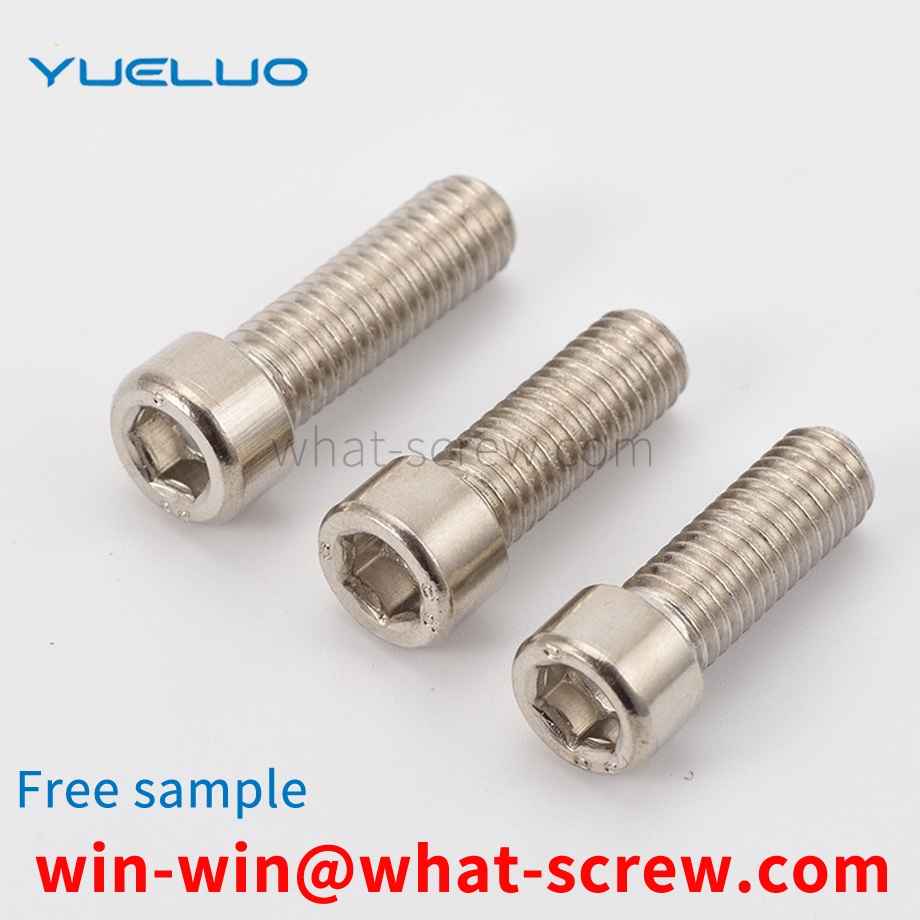
2. Low cycle fatigue Low cycle fatigue means that the fatigue stress is close to or exceeds the yield limit of the material. The material has a certain amount of plastic deformation in each strain cycle. The life is generally in the range of 102 to several times 104, and the fatigue curve is generally used. ε-N curve representation. The finite element calculation results show that after the bolt is screwed into the lock nut, the stress at the root of the threaded piece is large, and part of the surface area is in a yield state, while the strain in the central area of the root of the threaded piece is small, and the strain situation is more complicated. The area with high strain at the root of the thread piece experiences reciprocating loading, which is prone to low cycle fatigue, which reduces the pressure of the thread piece and reduces the screw-out torque.
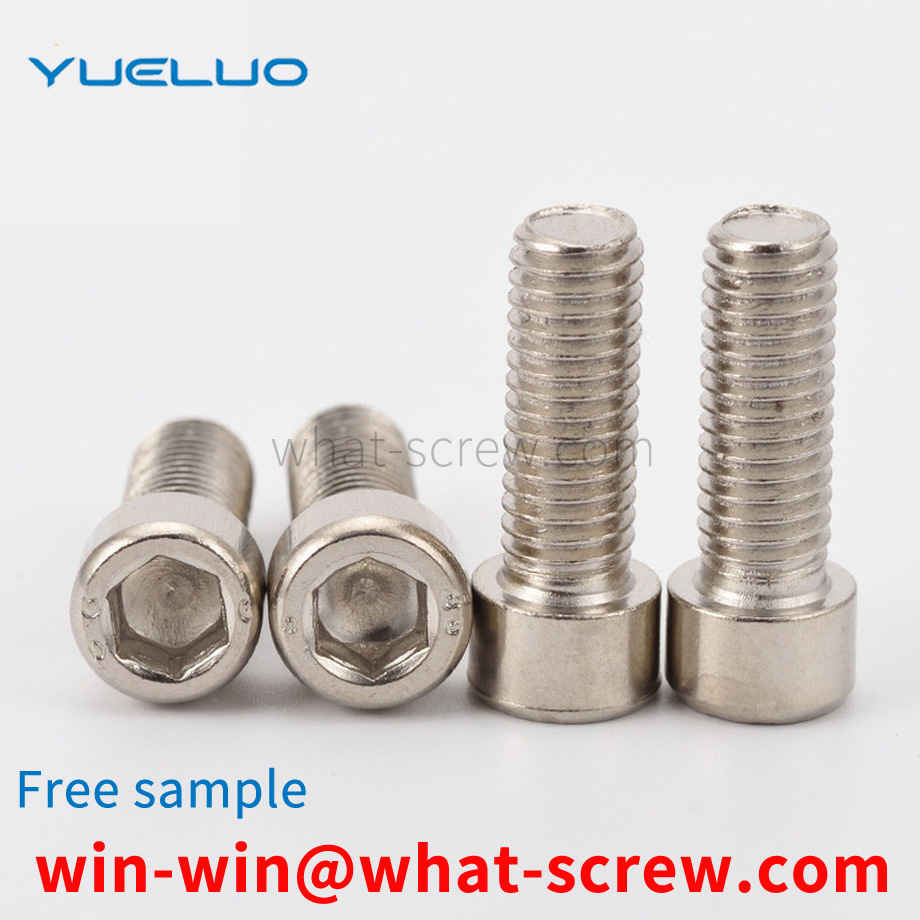
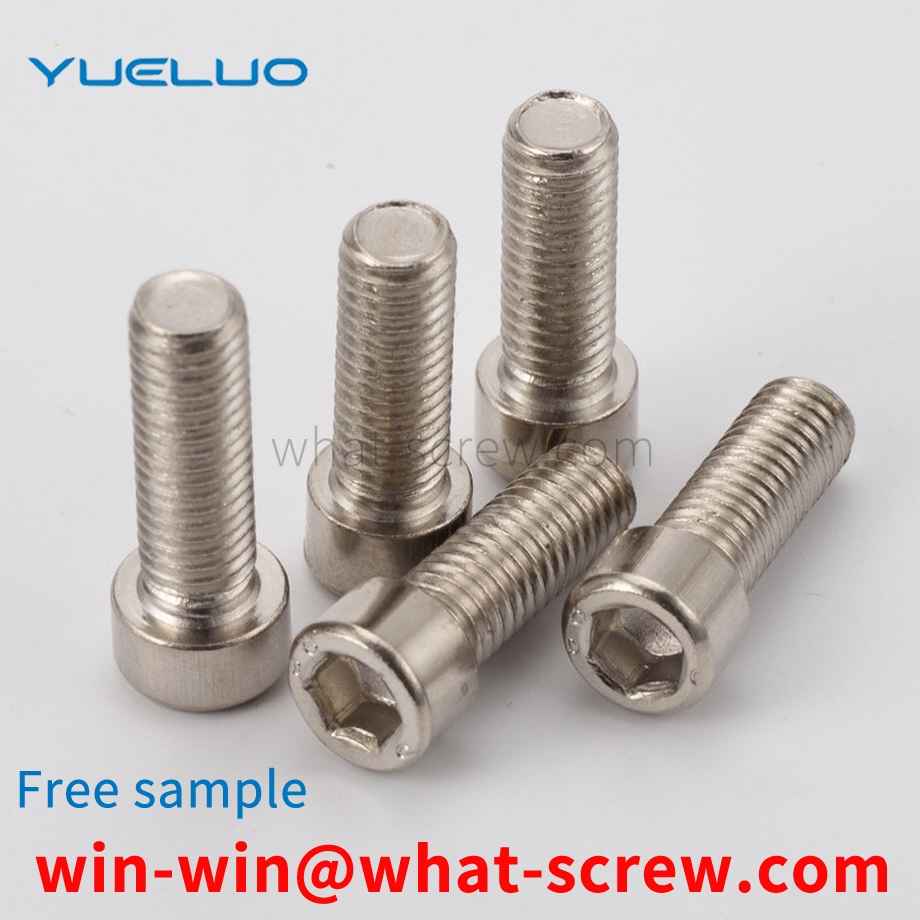
At present, there are mainly the following methods for classifying screws of different lengths mixed together: First, visual identification and manual sorting. This method is time-consuming, labor-intensive and inefficient. Second, the screws are centrifuged and screened according to the quality and size of the screws. However, the quality of screws of the same length is not necessarily the same when the materials of the screws are different. Third, sorting is carried out using a screening device with sieve holes, but the sieve holes are generally simple geometric shapes, which can only roughly distinguish the length of the screws. Moreover, the specific position where the screw falls into the screen hole will also affect the degree of screening. It can be seen that the above-mentioned methods for classifying screws all have the problem of poor effect.
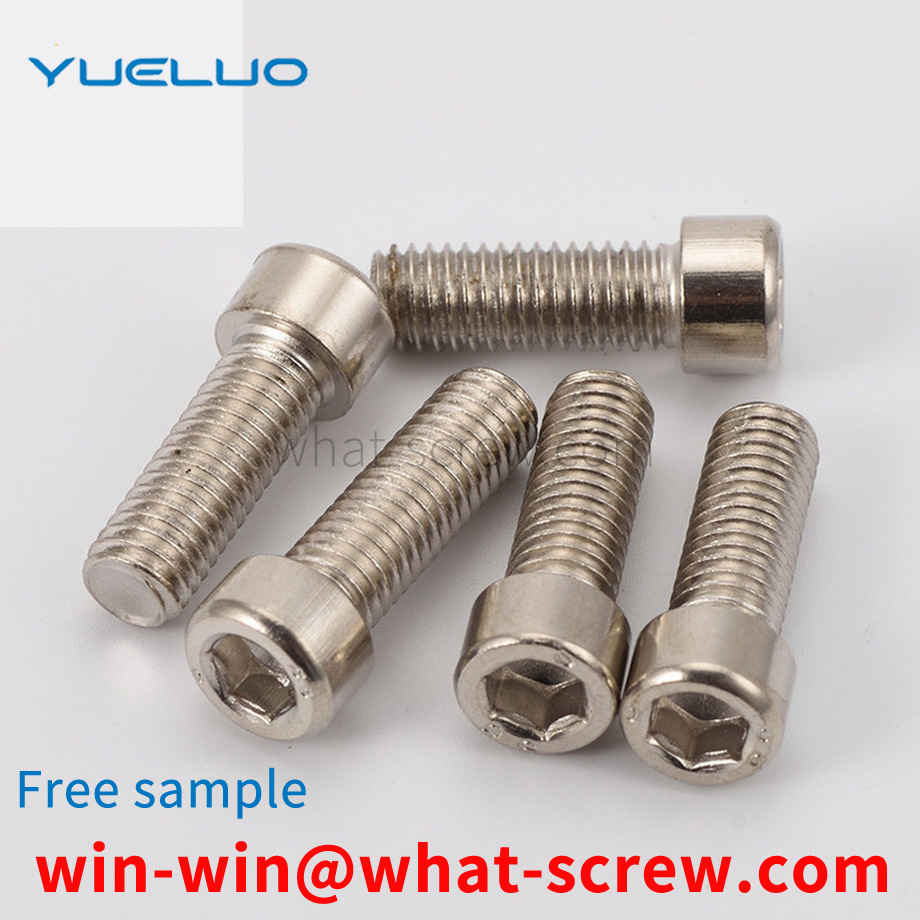
Knurled copper nuts are widely used in the following fields: notebook computer plastic casing, desktop computer plastic casing, GPS plastic casing, router plastic casing, mobile phone plastic casing, infinite communication facility plastic casing, home appliance plastic casing, automobile, electrical appliances, medical, electronics, etc. plastic shell.
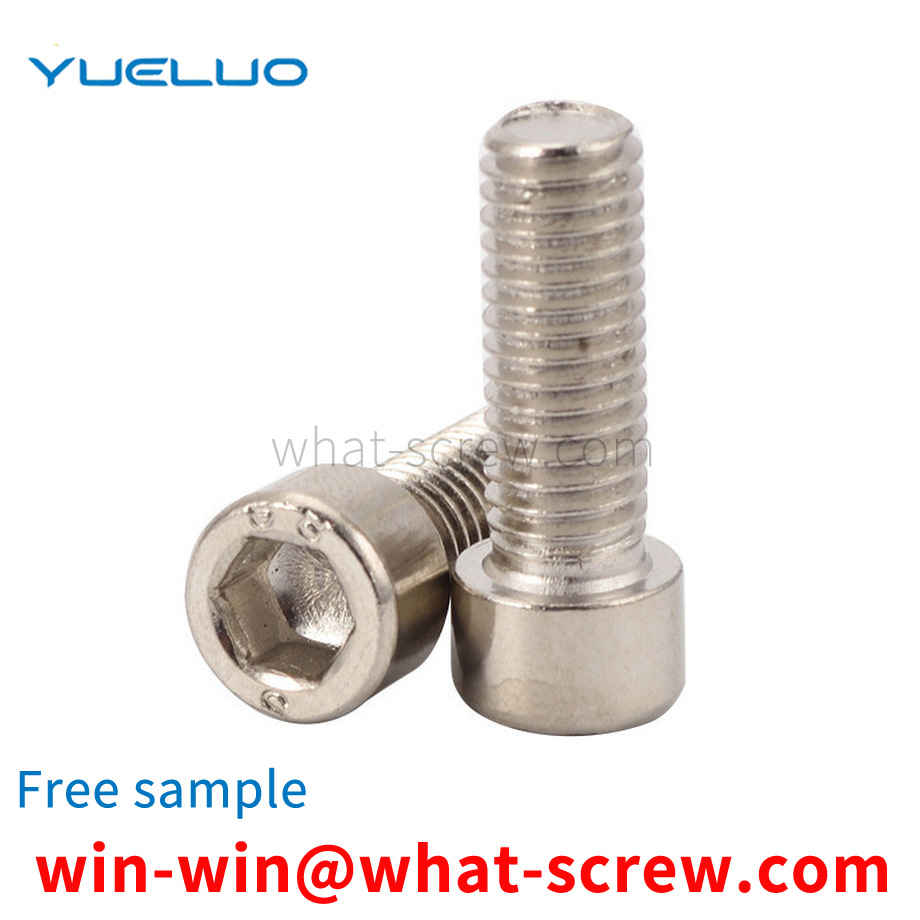
The above content is uploaded by Yueluo or the Internet. If there is any copyright issue, please contact [email protected].

What is the tolerance range of precision screws?

How to choose the right stainless steel screw manufacturer?

Why is there an R angle under the head of the hexagon head s...

We have more than ten years of production experience in the ...

We have more than ten years of experience in the production ...

We have more than ten years of experience in the production ...

We have more than ten years of experience in screw industry ...